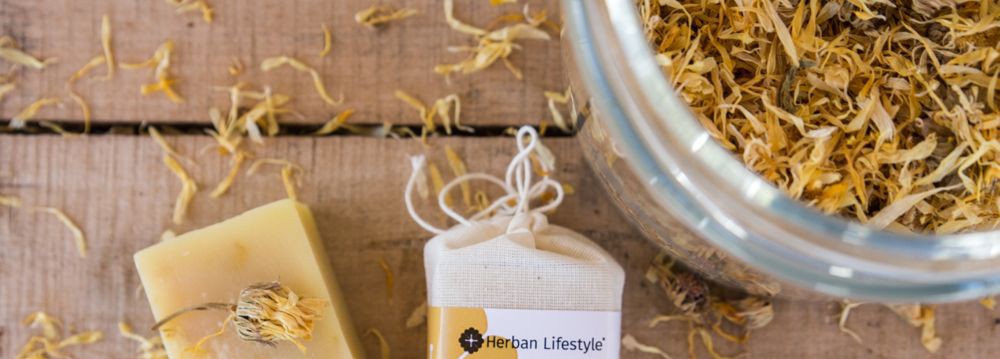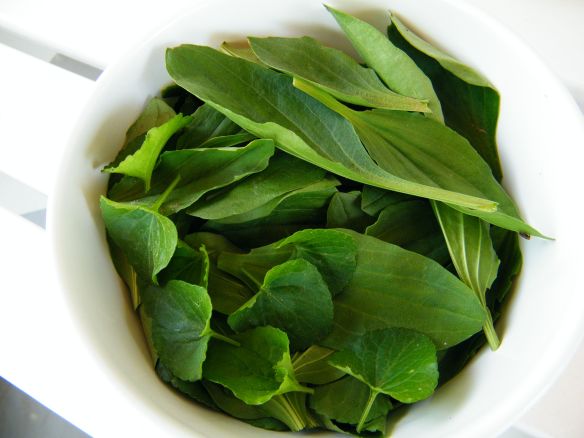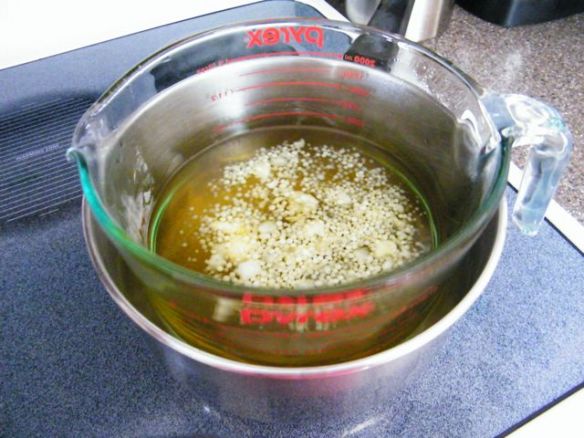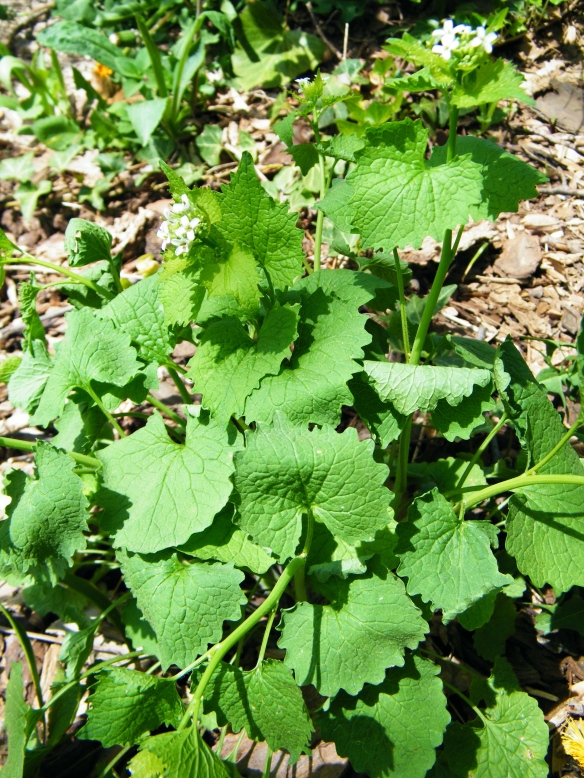The following post is by guest blogger, Allison Brooks.
Since we humans come from nature, why separate ourselves from her bountiful remedies? Studies over the past 15 years have shown an increasing interest in natural healing, and many integrative doctors use complementary treatments to treat patients for a variety of ailments. Increasingly, dentists are adopting the trend by helping treat certain oral ailments using non-invasive therapies. There are several Maryland and DC dentist offices that use herbs and other natural remedies to treat a plethora of ailments. They also offer advice on the subject to practice natural routines at home.
Gum disease, also known as gingivitis or periodontal disease, is one of the oral ailments that can be treated with natural and herbal remedies. It affects the deeper supporting tissues of the gums and the infections then spread to the lower parts of the tooth. Gum disease is triggered by plaques formed around the enamel of the tooth. The plaque is formed from a mixture of bacteria, starch and sugar. If the plaque is not removed mechanically by frequent brushing, the plaque will harden underneath the gum line, which leads to gum disease. The main symptoms of gum disease are swollen gums and/or bleeding gums.
Tea tree oil is a natural substance that has been associated with dentistry for hundreds of years. And in the 1920s, Dr. A. R. Penfold published research showing that a tea tree salve could be used to rid gums of infection and leave behind a completely germ free surface. After more scientific evidence proved the tea tree’s effectiveness, it became a basic household remedy for oral and skin infections. Tea Tree toothpaste is now commercially produced and is very effective in alleviating the symptoms of gum disease (although it does not remove plaque surrounding the tooth).
Brands like Desert Essence and Jason Natural offer toothpaste with tea tree, and are available at natural food stores, including Whole Foods. It is best to go with tea tea products like these, since it is not recommended that you use undiluted tea tree for oral care. The Intelligent Dental blog offers recommendations and cautions to keep in mind when using tea tree. For example, tea tree oil should never be taken internally, since it can cause nerve damage and other problems if ingested. People with celery and thyme allergies should not use tea tree oil, since tea tree shares a potential allergen, d-limonene with these plants. And pregnant and breast-feeding women should avoid using tea tree oil.
Cranberry Juice really helps in the prevention and the progression of gum disease. It does this by taking away the bacteria’s ability to stick to the tooth. Concentrated cranberry is available in a pill form at most natural food stores. Cranberry juice is also a rich source of vitamin C.
Vitamin C is one of the most popular cures for gum disease. Vitamin C repairs cell damage and connective tissues especially along the gum lines. This vitamin is also a very powerful antioxidant which helps by removing free radicals. The antioxidants help to eliminate the free radicals that are responsible for most of the gum damage being caused. And Vitamin D has anti-inflammatory properties and therefore strongly reduces the chances of developing gum disease. While it is available as a supplement in many milk products, sun exposure is an excellent source for vitamin D (although you have to balance this with the need for sun protection to prevent skin cancer!).
While these natural remedies are a great way to enhance healing and prevent disease, the mechanical action of brushing the teeth is the best method of preventing gum disease. Brushing regularly, flossing, eating a balanced diet with adequate amounts of Vitamins C and D, and regular dental checkups are important in supporting your dental health.
 Allison Brooks recently graduated from University of Mississippi, with a degree in biomedical anthropology. She is currently living in Florida, and doing field studies to support an ethnography on the effects of biomedicalization on Bolivian cultures. Her current studies have peaked her interest in traditional and natural healing remedies, and have inspired her to spread the word about nature’s healing bounties.
Allison Brooks recently graduated from University of Mississippi, with a degree in biomedical anthropology. She is currently living in Florida, and doing field studies to support an ethnography on the effects of biomedicalization on Bolivian cultures. Her current studies have peaked her interest in traditional and natural healing remedies, and have inspired her to spread the word about nature’s healing bounties.





















